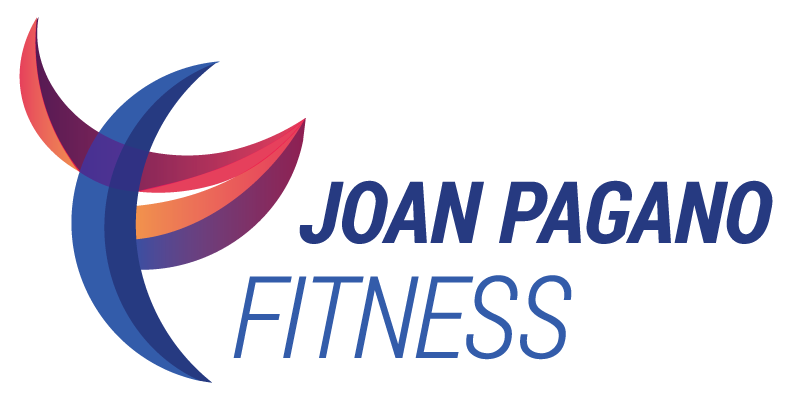Exercises for Fall Prevention
Introduction by Joan to Part 4 of her new series, The Best Exercises for Osteoporosis Prevention
WHAT ARE THE BEST EXERCISES TO PREVENT FALLS?
A combination of non-impact, balance, and functional exercises provide a good strategy for fall prevention. Safety first! The bottom line of exercise for osteoporosis is to prevent falls and fractures.
Non-impact
Balance
Functional
Non-impact, non-weight bearing
1. Non-impact activities
Non-impact activities are those where both feet are on the ground, or you are seated. In choosing between the benefit of resisting the force of gravity while standing or ensuring that you are in a stable position while you exercise, do the safest thing.
If you are confident doing standing exercises, then you will benefit from using your anti-gravity muscles to maintain the upright position. If, however, you feel shaky or unstable, you can hold onto the back of a chair or table, or sit down to be secure.
2. Balance exercises
Balance exercises help reduce your risk of falls and fractures. In addition to the three basic measures of balance (see Balance Exercises for Seniors), learn to incorporate balance exercises and activities into your everyday life and exercise routines. You can do them all at once or spread them out through the day.
How to get started with balance exercises
If you are just beginning to work on balance, follow this progression:
At first, hold onto a support, like a sturdy chair or table, with both hands.
As you become more stable, hold on with one hand only.
Progress to touching the support with one fingertip only.
As you become steadier, hold your hand two inches above the chair or table.
Finally, keep your hands above the support and do the exercises with your eyes closed.
Three examples of balance exercises:
1. Reverse lunge with knee lift
Start with both feet parallel, hip-width apart.
Inhale as you take a giant step back with your right leg.
Bend both knees, keeping your torso upright.
Exhale as you straighten your left leg and lift your right knee up to the front at hip height.
Return to center, then step back again into the reverse lunge .
Do 10-15 reps and switch sides.
Reverse lunge with knee lift: Exercise for fall prevention - video 1
2. Calf raise/toe lift
Stand with your feet parallel, hip-width apart.
Lift both heels off the floor as high as possible, so you are standing on your toes.
Lower your heels to the floor.
Rock back onto the heels and lift both forefeet as high as you can, reaching toes toward the ceiling.
Repeat 10-15 times.
Calf raise/toe lift: Exercise for fall prevention - video 2
3. Standing calf stretch to single leg balance:
Stand with your legs parallel, hip width apart.
Take a giant step back with your right leg and press your heel into the floor.
Bend your left knee over your ankle and feel the stretch in your calf.
Now come up on the toes of your back foot and start shifting your weight to your front leg,
Balance on your front leg, holding the position for 20-30 seconds.
Calf stretch to single leg balance: Exercise for fall prevention - video 3
3. Functional exercises
Functional exercises enhance the way you move in your day-to-day activities and decrease your risk for falls and fractures. They rehearse movements safely and improve your ability to function independently.
Three examples of functional exercises
1. Sit-to-stand chair squat:
Sit on the edge of a sturdy chair, legs parallel and hip-width apart, knees bent at a right angle over your ankles.
Cross your hands over your chest and move your feet back several inches.
Lean forward from the hip with your spine straight.
Exhale and squeeze the glutes in your buttocks as you press through your feet to stand up.
Come to a fully upright position, pause, then slowly sit back down.
Repeat 10-15 times.
Chair squat: Exercise for fall prevention - Video 1
2. Marching in place:
Stand sideways to a support, legs parallel, hip width apart.
Engage your core muscles and lengthen the spine.
Bring one knee up to hip height, pause and then lower it to floor.
March in place, alternating sides, balancing on one leg at a time.
Marching in place: Exercise for fall prevention - Video 2
3. Cross-body reach:
Stand with your weight on your left leg.
Bend your right knee and raise the leg behind you, foot in the air.
If necessary, hold onto a support to help you balance; otherwise relax your left arm by your side.
Reach across the body with your right arm at shoulder level, then return it to your side.
Repeat 10 times, keeping the foot off the floor.
Switch sides and repeat.
Cross-body reach: Exercise for fall prevention - Video 3
Daily activities that can improve with functional training
Getting up from a seated position
Climbing stairs
Reaching for things safely
Lifting and carrying
Getting in and out of a car
4. Non-impact, non-weight bearing activities
Non-impact activities are those where both feet are on the ground, or you are seated. Non-weight bearing activities are those where your weight is supported, either by a seat or by the buoyancy of the water. If you already have osteoporosis or are frail, switch to non-impact, non-weight-bearing activities like:
Bicycling
Swimming
Deep water walking
Water aerobics
Related: Balance Exercises for Seniors
Disclaimer: The information presented in this article should not be construed as medical advice. It is not intended to replace consultation with your physician or healthcare provider.
